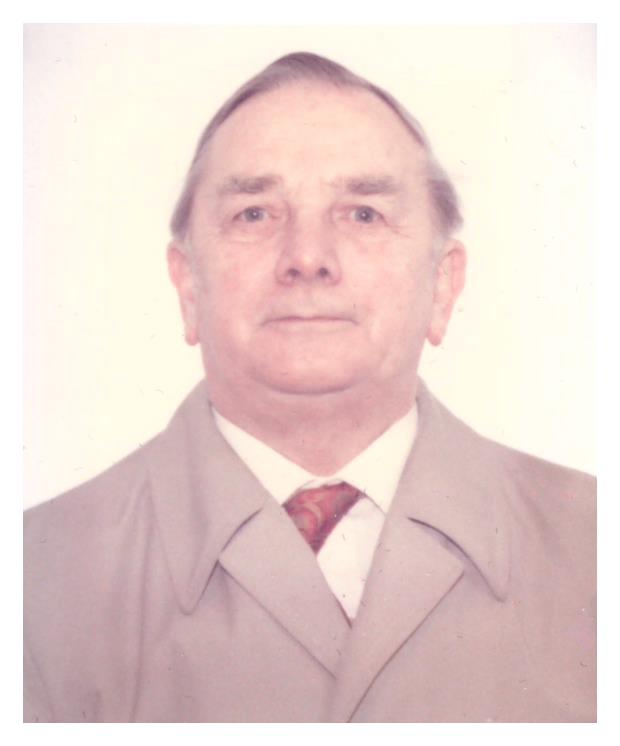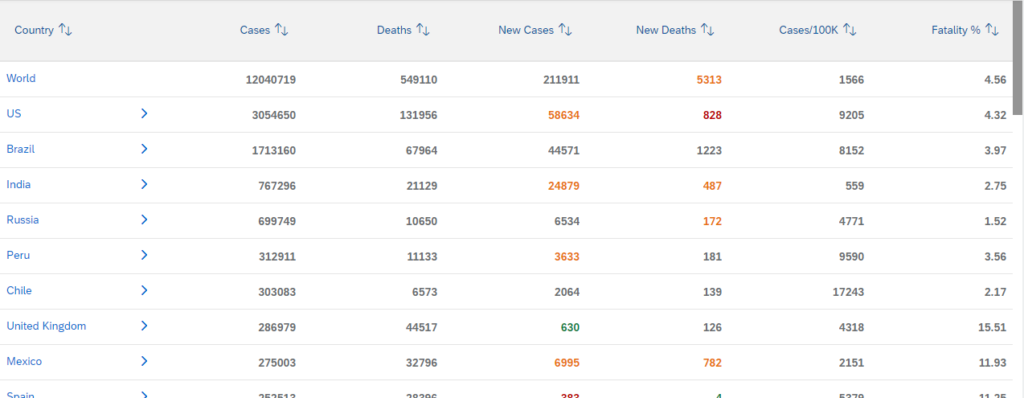Well it is now official. Although I have suspected this might happen since being furloughed back in May, and being told two weeks ago that it was going to happen, today I have now been officially told that I am now redundant. It’s not something which I sought or something that has happened to me before, but it is a day when I reflect on my past experience of redundancy, not as someone who was made redundant, but as a child of someone who was.
Today is a good day to reflect anyway as today would have been my Dad’s 99th birthday. He never got near to making 100 and when I compare my current situation with what my Dad went through, then I know that I have no reason to complain.

My Dad lived in a totally different era. He grew up in the great depression. Back in the 1930s in the UK, free schooling ended at age 14. You could either go on to the grammar school or start work. It was 1935 and the middle of the great deression. Although my Dad was by no means dumb, his parents could not afford for him to go to grammar school, so he was sent off at 14 to join his parents and his older brothers to work in the mill. He needed to earn a wage and contribute to the family coffers. I remember him telling me that when he started work at 6am on the first morning, that he was so cold, he could barely get off his bike.
He was not a man of great physical stature. He barely made 5 foot tall. But to me, the real stature of a man goes beyond physical appearance and to who someone is as a human being. And for that, in my opinion at least, he was a man of great stature.
When he turned 18, the second world war was barely a couple of weeks old. He would soon get his call up papers and was send off to serve King and country and fight against the rise of Nazism in Europe and the evil that it encompassed. He was very much a peaceful man. That is how I remember him. In our childhood, we would never even raise his voice to us, or anyone else. Just a calming influence is what he was. How this man survived the violence of war, I just don’t know.
He would never talk about his experiences of war. Like many others, he just wanted to put it behind him. In fact an old army pal who came to his funeral, told us more about his war years than he ever did. What I do know is that he worked on anti-aircraft guns. Not the type of high tech equipment our armed forces have now, but something that would spray shells in a seemingly random direction into the sky in the vain hope that they might pierce an enemy aircraft. I can’t remember all the places he went to in the war. I know it was mainly in Africa and the Middle East and ranged from South Africa to Egypt and on to what was then Palestine. I also know that while in Africa, he learnt to speak Swahili. He just learnt it from talking to the natives and then acted as an interpreter for the army officers. Knowing my Dad as I did, I’m sure that he enjoyed that much more than firing random bullets in the sky.
When the war ended, he came back to his home in Barnoldswick, in what was then the Weat Riding of Yorkshire. From that moment on, he never wanted to leave the town again for the rest of his life. It was always a struggle getting him to go on holiday. His favourite part was when he saw the Barnoldswick sign as he returned home.
When he returned though, it was back to the mills. However that also was the start of the decline of the textile industry in the north of England. It was cheaper to manufacture textiles in Asia where labour was cheap, so the mills started to lose their customers and one by one in the town, they all started to close.
I don’t know how many times he was made redundant, most of the occasions happened before I was born or too young to remember, but he would be made redundant as a mill closed. Eventually he would get a job in another mill and then sometime later, that mill would close until the last mill closed. That was in my teenage years, so I do remember that well. He was 6 months without a job and what could a man of his age do when all the mills were gone? Eventually he got a job with Johnson and Johnson. J & J were a customer of the mill and would buy the cloth that was made which had a special non-adhesive quality. They would cut it into strips, sterilize it and make dressings out of it. As their supplier was no more, they bought a machine from the administrator and got my Dad to go and operate it. He did enjoy the final few years of his working life as he was basically his own boss and he could just concentrate on getting the job done.
As I now reflect on my own redundancy and compare that with what my Dad went through, I am mindful that there really is no comparison at all. It happened to him several times. The industry that he was in, was on the decline and he was limited to what he could get in that town. He had his education shut down at 14, but I got to go to the grammar school and eventually to University and got a good education.
One summer before the last mill closed, he got me a summer job in the mill. One of the ladies in the mill remarked to him one day “Your son doesn’t look as if he’s enjoying himself.” He replied by saying. “He’s not here to enjoy himself. He’s here to find out what life will be like if he doesn’t pass his exams.” He never got the education that he deserved and certainly wanted to make sure that I did.
Whereas he was trying to get a job in an industry that was dying out. I am redundant in an industry which is still rapidly growing and for which, I would hope, given my experience and skills should be in demand. My redundancy was more unfortunate because I happened to be working on a contract for an airline parts manufacturer who lost all their business. My work as a software engineer will translate to any industry. I have options. My Dad had none.
Yes this is a time of uncertainty, but it is a time of opportunity. Today is a day for reflection. A time when as I always do on this day every year, think of my Dad and especially this year the heard life he had. He was dragged all over the world, longing to get home. My job has taken me all over the world and I’ve loved it. He was refused a good education. I have had all the opportunities I could have wished for.
Yes today is a day of reflection. Tomorrow is a day to earnestly begin finding a new job.







